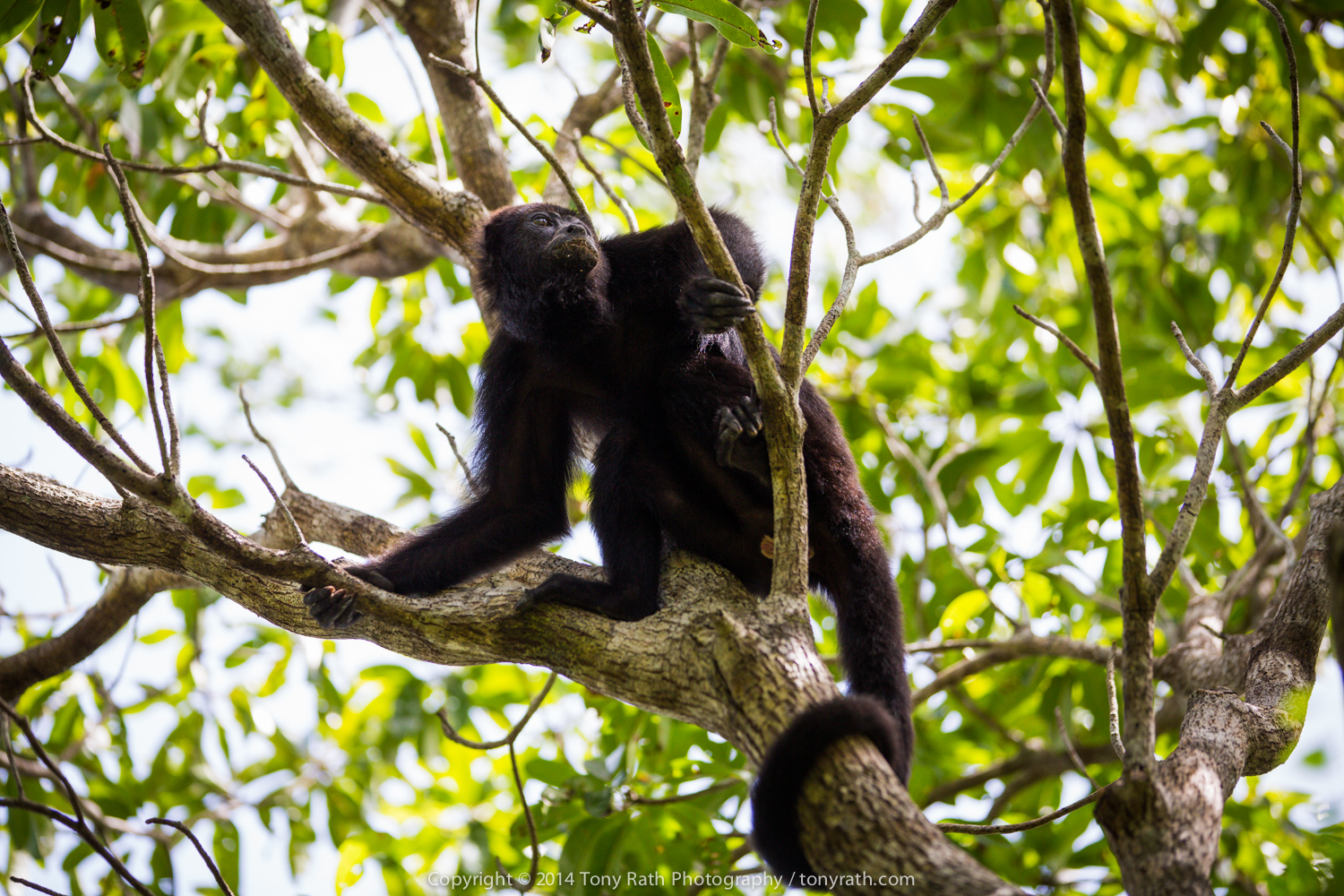Protected Areas
Wildtracks manages two terrestrial protected areas—Fireburn and Balam Na.
Both of these privately protected areas are located in the Corozal District in northeast Belize, and form part of the proposed North East Biological Corridor. The North East Biological Corridor is one of three nationally critical corridors that form part of Belize’s national strategies for biodiversity conservation, and contribute to the Mesoamerican Biological Corridor.
The Fireburn Reserve is a biodiversity-rich matrix of 1,818 acres of tropical forest and mangrove savanna. It is managed through an agreement with the Fireburn Community, which has protected this forest for over 80 years. The area is remote and rich in wildlife, and is home to the White-lipped peccary which still thrive here. This species requires large, intact forest with low or no hunting pressure, and has declined across Central America and in Belize, with only a few remnant populations still thriving. Jaguar, Baird’s tapir and keel-billed toucans, red-eyed treefrogs and kinkajous, all form part of the intricate web of life of the tropical forest at Fireburn. As the reintroduction site for the Yucatan black howler monkeys rehabilitated at Wildtracks, Fireburn has seen the successful return of this species, which was wiped out 70 years ago from combined impacts of disease, hurricanes and hunting pressure. Today, the loud howler calls reverberate once again across the tree tops.
Wildtracks also provides technical support to the Sarteneja Alliance for Conservation and Development (SACD) for the management of Corozal Bay Wildlife Sanctuary, the second largest marine protected area in Belize, and the release site for the manatees rehabilitated at Wildtracks. Corozal Bay Wildlife Sanctuary lies in an important river to reef seascape of four connected protected areas - the Northern Belize Coastal Complex.




